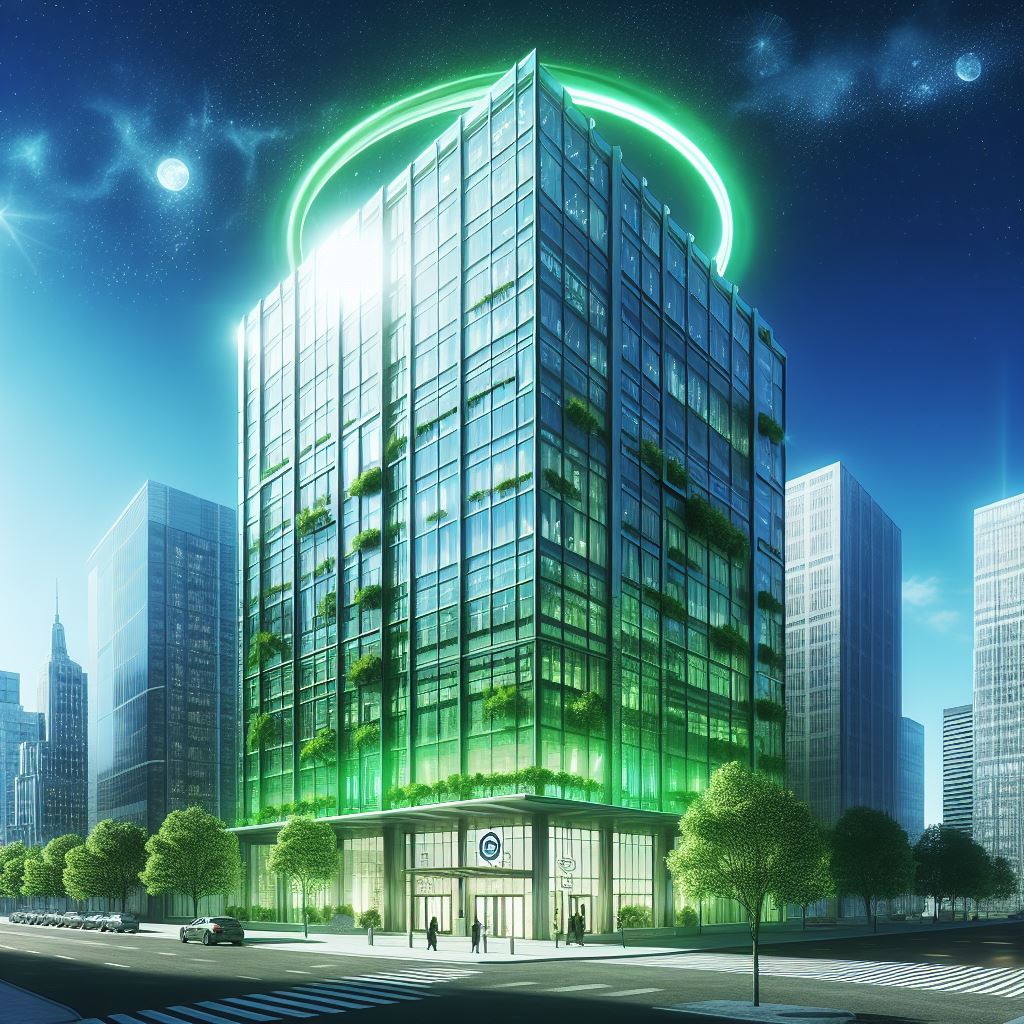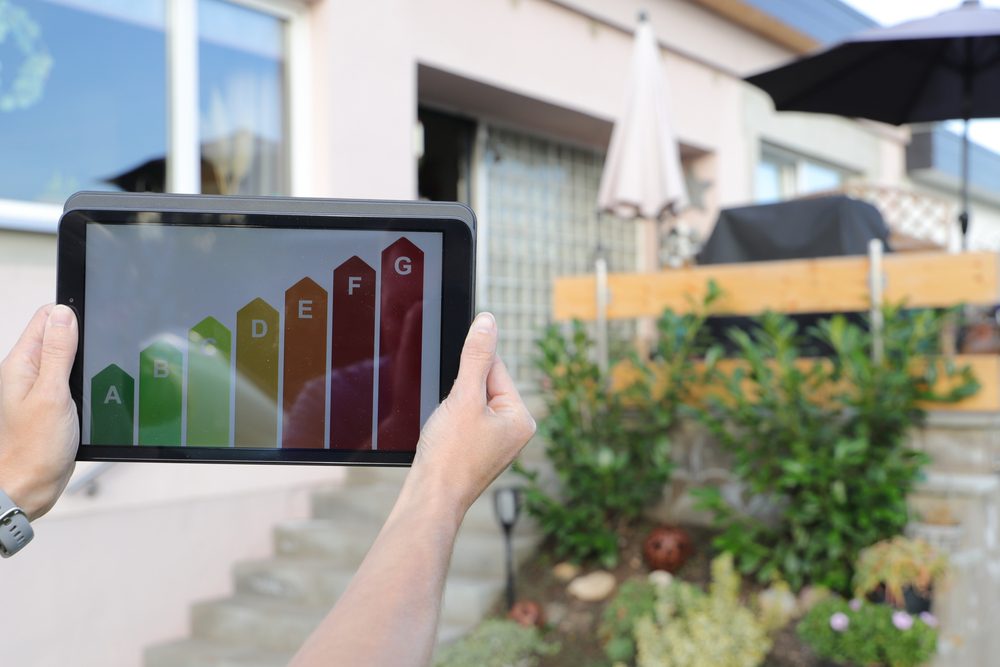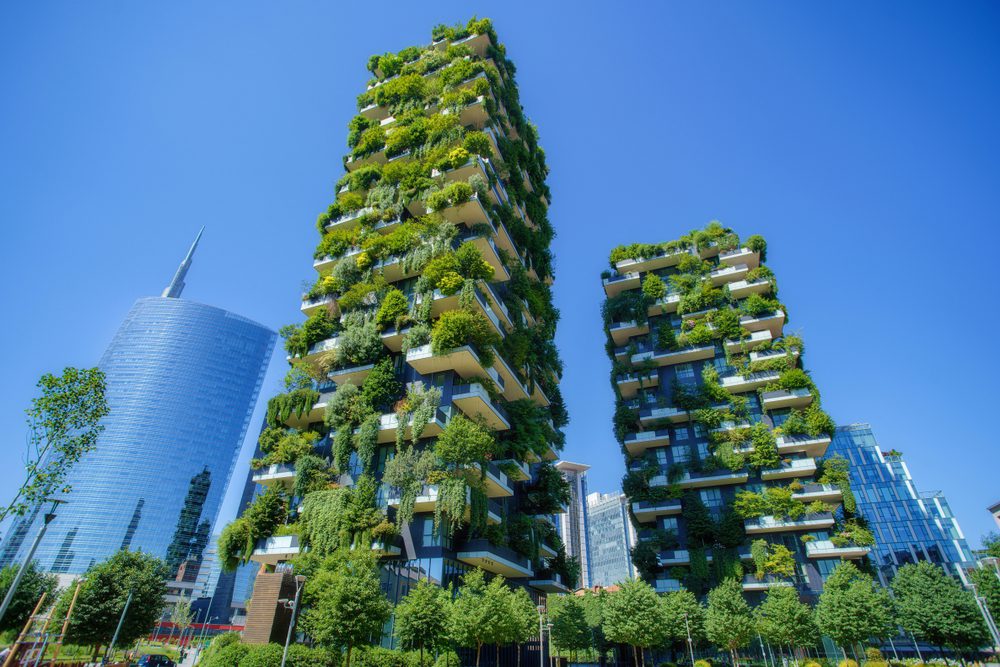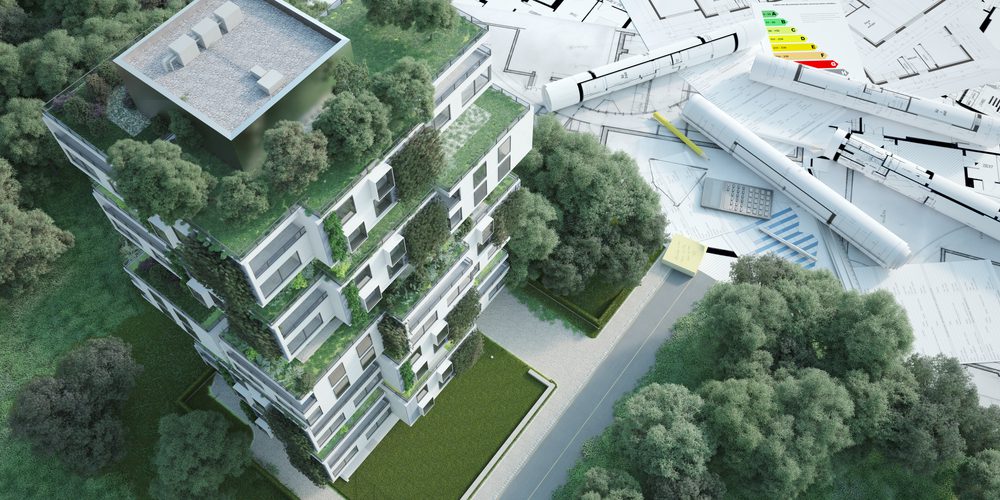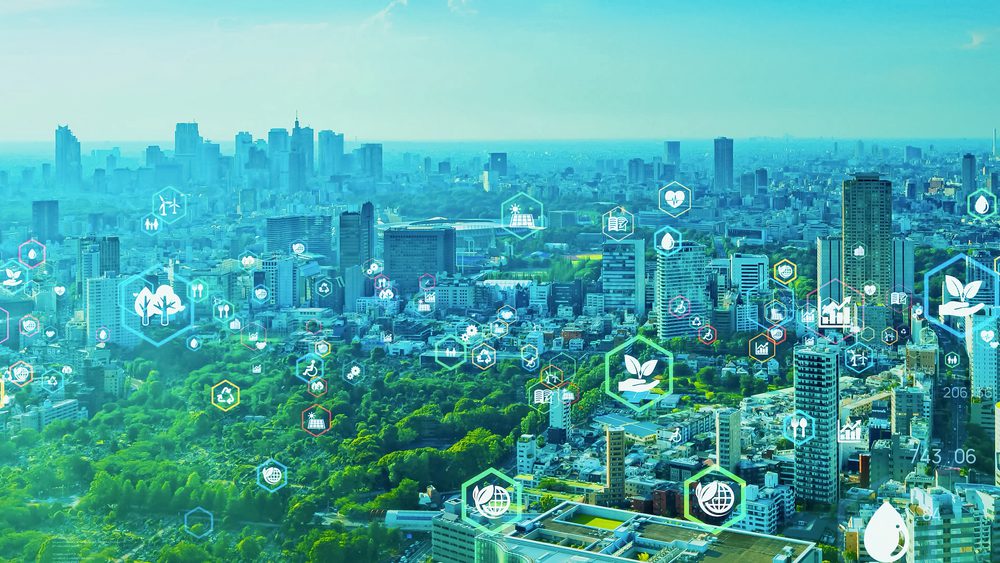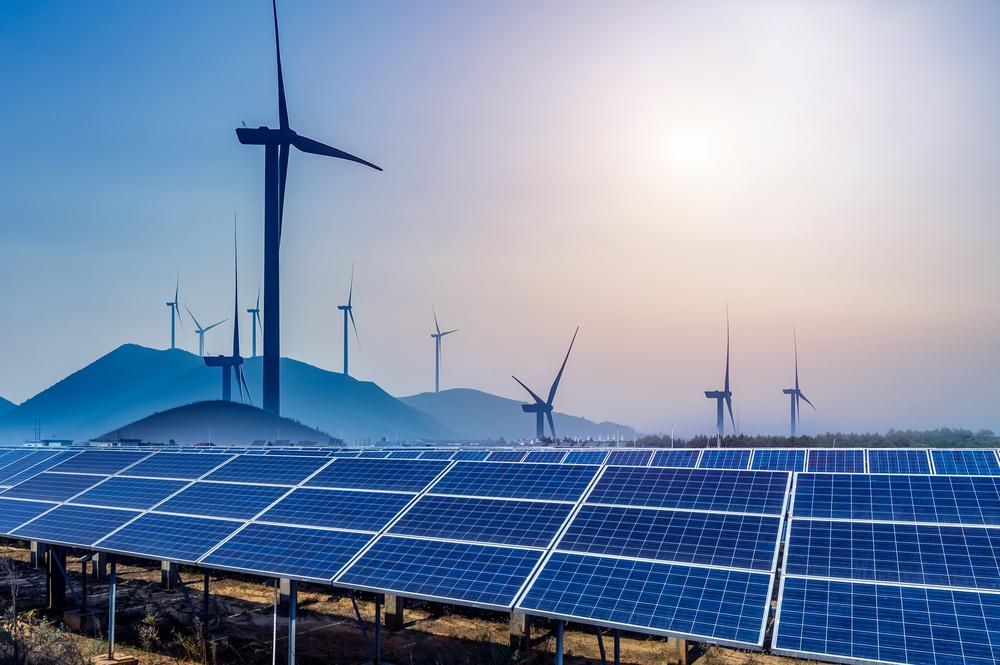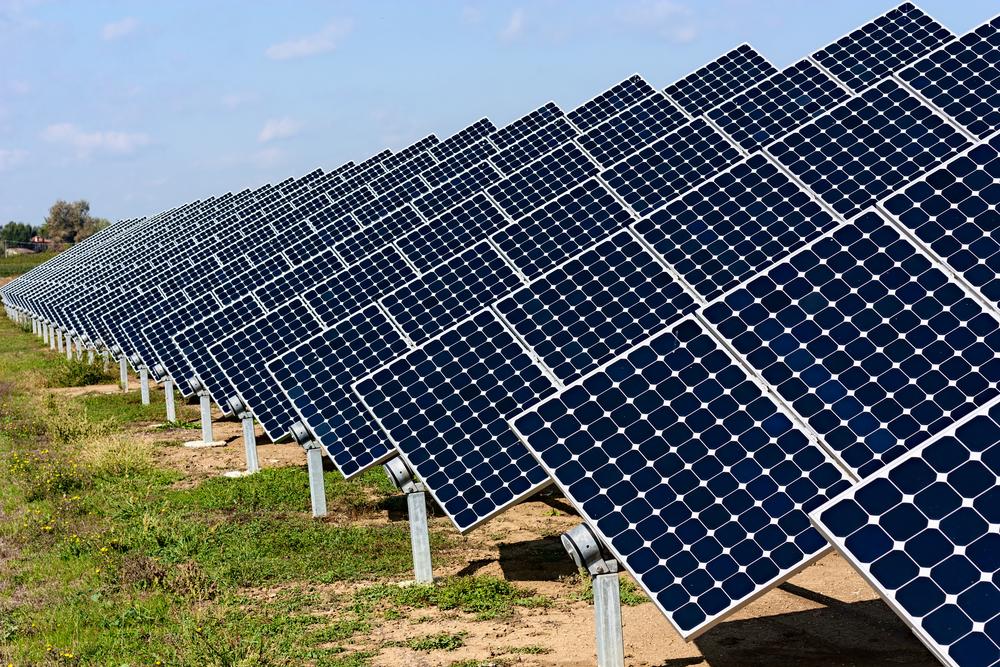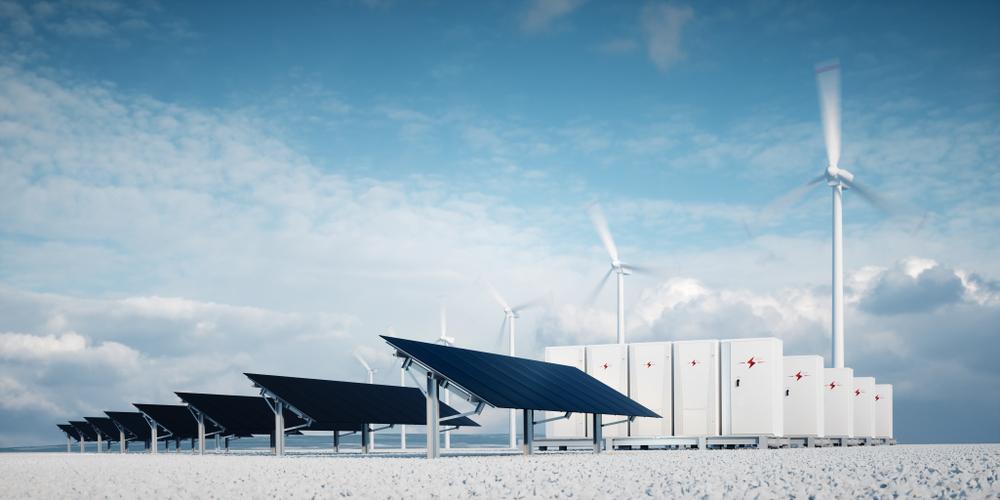In the dynamic landscape of commercial real estate, the push for sustainability has become more than a noble pursuit; it’s a strategic imperative. As the industry grapples with its environmental footprint, it’s essential to explore how buildings can not only coexist with our natural environment but actively contribute to its betterment. Among the various green initiatives, LEED (Leadership in Energy and Environmental Design) Certification is leading the charge in promoting sustainable construction, operations, and maintenance practices. This blog serves as your in-depth guide to understanding and embracing LEED Certification in commercial real estate.
Introduction
Sustainability in commercial real estate is no longer an optional luxury—it is an expectation and, increasingly, a regulatory mandate. The industry is under pressure to reduce carbon emissions, enhance energy efficiency, and build with an eye to the future. Against this backdrop, LEED Certification emerges as the gold standard that provides a framework for environmentally responsible real estate development.
Importance of Sustainability in Commercial Real Estate
The significance of sustainability lies in its multifaceted benefits, which range from mitigating climate change to improving public health and ensuring efficient resource use. In the realm of commercial real estate, these benefits translate into tangible value for property owners, investors, tenants, and society at large.
Introduction to LEED Certification
As a globally recognized symbol of excellence in green building, LEED Certification demonstrates a property’s commitment to environmental stewardship and social responsibility. It’s a rigorous process that offers third-party validation to buildings that meet the highest sustainability standards set by the U.S. Green Building Council (USGBC).
What is LEED Certification?

LEED Certification provides a comprehensive roadmap for creating and operating sustainable, high-performing buildings. It’s a scalable and flexible framework that supports the unique demands of different building types and their respective markets.
Detailed Explanation of LEED
LEED Certification is built around a point-based system where projects earn LEED points for satisfying specific green building criteria. The number of points a project earns determines its level of LEED Certification, which can range from Certified to Platinum.
Background and History of LEED
Conceived by the USGBC in the early 1990s, LEED responded to a growing need for a standardized system of environmentally sustainable construction. Its development was a collaborative effort involving architects, engineers, developers, government agencies, and other industry stakeholders.
The Role of LEED in Sustainability
Globally, LEED Certification has been a driving force in the evolution of sustainable commercial real estate, helping to transition the industry towards practices that prioritize the well-being of the planet and its inhabitants. It has catalyzed innovation and shaped the market, changing how developers and investors think about building and maintaining commercial spaces.
The Importance of LEED Certification in Commercial Real Estate
LEED Certification isn’t just about ‘going green’—it represents a comprehensive approach to sustainable building practices that deliver both environmental and economic returns.
Economic Benefits of LEED Certification
The economic case for LEED Certification is strong. It includes lower operating costs, increased property values, and competitive advantage in a market that increasingly values sustainability. Certified buildings often enjoy government incentives, higher rent premiums, and faster lease-up rates.
Environmental Benefits of LEED Certification
The environmental impact of LEED Certification is profound. By reducing waste, conserving energy, and decreasing water consumption, LEED buildings help to ensure the sustainability of our resources for generations to come.
Understanding the LEED Certification Process
The journey to LEED Certification is meticulous and involves a deep commitment to sustainable practices across a building’s lifecycle.
Steps Involved in Obtaining LEED Certification
The process begins with a comprehensive understanding of the prerequisites and the gathering of a project team to register the project with the USGBC. The team then collaborates to ensure that the building design and operations meet LEED standards and submits a certification application followed by a period of review and potential adjustments.
Explanation of Different Certification Levels
The four levels of LEED Certification—Certified, Silver, Gold, and Platinum—serve as an indicator of the degree to which a building has incorporated sustainable features. The higher the certification level, the more sustainable the building.
Description of the Scoring System
LEED’s scoring system is designed to be flexible yet precise, with points allocated across various categories, including sustainable sites, water efficiency, energy and atmosphere, materials and resources, indoor environmental quality, and innovation in design.
Key Features of LEED Certified Buildings
LEED certified buildings are distinguished by their comprehensive approach to sustainability, encompassing everything from construction materials to the health and comfort of occupants.
Energy Efficiency and CO2 Emissions Reduction
Energy efficiency is at the core of LEED, with certified buildings often consuming significantly less energy than their counterparts, leading to reduced greenhouse gas emissions and operational costs.
Improved Indoor Environmental Quality
Indoor environmental quality is a crucial aspect of LEED buildings, which provide clean, well-ventilated, and comfortable spaces, contributing to the health and productivity of those who use them.
Efficient Use of Water, Resources, and Materials
LEED buildings are designed to minimize water usage and encourage the use of recycled and locally sourced materials, promoting resource conservation at every level.
Encouragement of Renewable and Clean Energy
With a push for renewable energy use and the integration of innovative technologies, LEED buildings help pave the way for a cleaner, more sustainable energy future.
Tips for Preparing Your Building for LEED Certification

Preparing for LEED Certification involves strategic planning and a clear understanding of the rigorous standards required by the USGBC.
The Role of Sustainability Consultants
Sustainability consultants can be invaluable in navigating the complexities of LEED. They bring expertise in green building strategies, helping to manage the certification process effectively.
Choosing the Right Upgrades and Renovations
Identifying and implementing the most beneficial sustainable upgrades is critical. From energy-efficient lighting to high-performance HVAC systems, each decision plays a role in achieving LEED points.
Planning for the Cost and Time Involved in LEED Certification
Prospective LEED projects must be prepared for the investment of both time and resources. While the initial costs may be higher, the long-term savings and benefits can be substantial.
Conclusion
LEED Certification remains at the forefront of sustainable commercial real estate development, offering a comprehensive blueprint for building a greener future. As the industry continues to evolve, the integration of LEED principles will not only become a common practice but an expected standard. Commercial real estate professionals who embrace LEED today are positioning themselves as leaders of a smarter, more sustainable tomorrow. With its myriad benefits, LEED Certification is not just a mark of environmental consciousness—it’s a strategic business decision that can lead to a profitable and responsible future in the world of real estate.
VertPro.com serves as a resourceful platform for property owners and managers seeking to enhance their buildings’ energy efficiency. The site offers a range of services, including Commercial Energy Audits, Benchmark Compliance consultancy, and a Construction Marketplace. At the heart of VertPro® is a suite of SaaS technology-based solutions designed to assist in navigating the complexities of Energy Benchmarking and Energy Audits/RCx Plus, while ensuring adherence to over 60 Energy Benchmarking and Energy Efficiency Laws across the country.
For those looking to improve their property’s energy usage and operational value, VertPro.com provides a diverse array of tools and information. The site aims to facilitate a better understanding of energy efficiency practices and legislation, helping building owners and property managers make informed decisions about their energy strategies while complying with all energy ordinances and laws.
